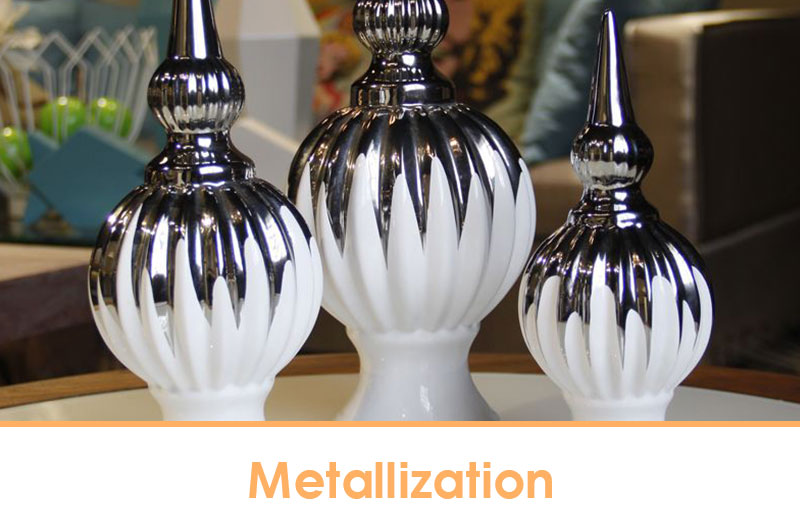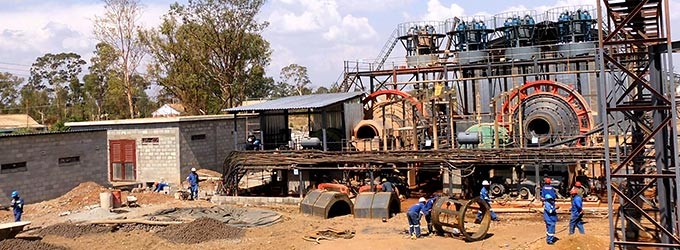Clay is any natural earthy mineral mixture rich in aluminum phyllosilicate, such as kaolinite, illite, and montmorillonite. It is the main raw material for pottery making. When clay is mixed with water, it will acquire plasticity, which is the basis for the formation of ceramic green bodies.
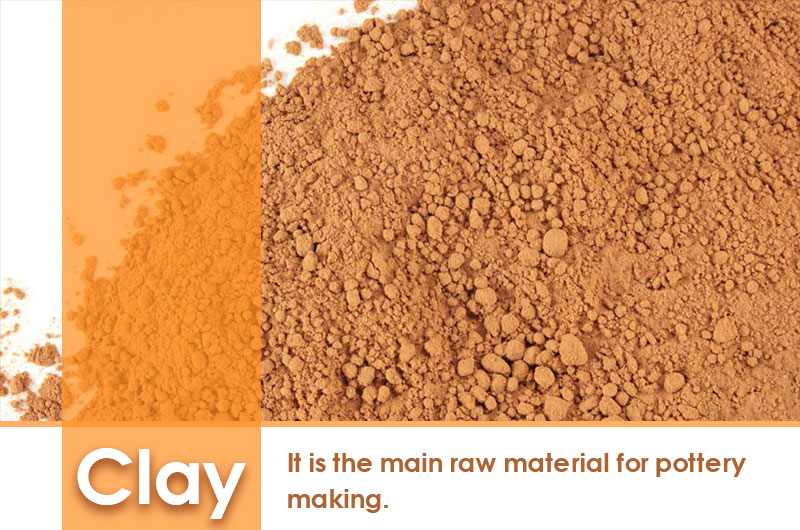
Clay can be made into various ceramic products, including the very popular coil pottery, clay vases, clay plates, clay mugs, terracotta pottery, pottery painting, pottery sculpting, glass, brick, cement and other clayworks.
Pottery materials
1. Clay raw materials
Clay is the most important raw material in pottery making. Its composition and type can directly affect the final result of pottery products.
The following are the 4 common clay types. Of course, you can also DIY clay recipes with your family.
① Earthenware clayEarthenware clay has a reputation for being quite plastic. A ‘plastic’ clay is quite soft, easy to shape and then keep its form, thus it is a good clay for beginners.
Earthenware clay is divided into the types of terracotta, low-fire white clay, and paradise. Its color is mostly red or orange, but can also be yellow, white and tan, or buff.
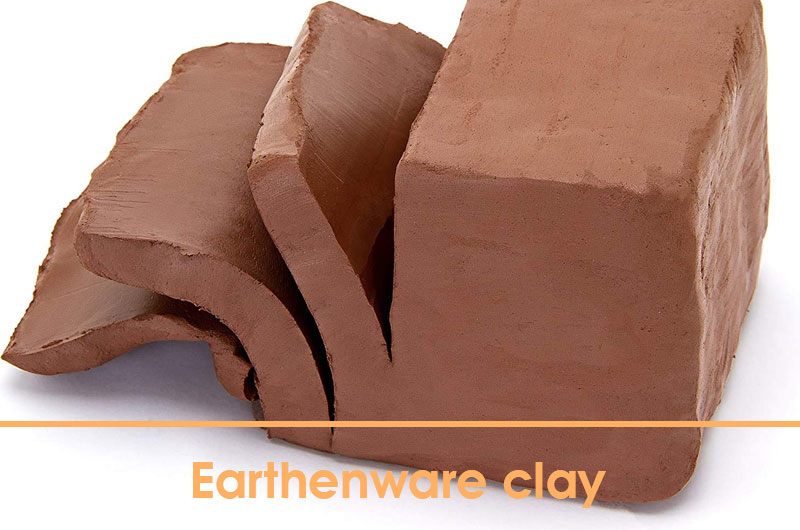
Earthenware clay is a low fire clay. The firing temperature is fired between 1479 and 2109F (804-1154C). Since it is less dense and less strong, it will chip and break more readily than the stoneware or porcelain clays.
② Fire clayFire clay is a refractory clay and is not used as a clay body on its own. It is often added to other clays like stoneware clay to increase the plasticity and firing temperature of the clay body to which it’s being added.
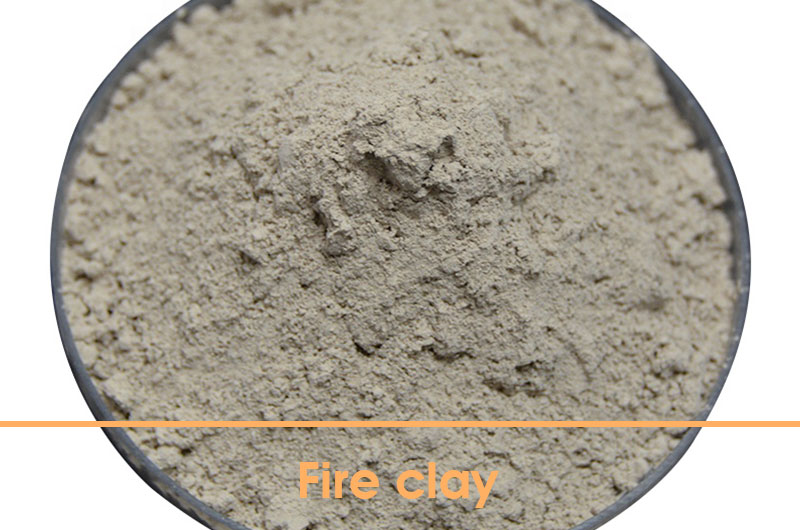
In its dry form, fire clay is often buff or grey. It has a very high firing temperature. it matures at around 2696F. Fire clay has wide usage, such as making kiln bricks and oven bricks.
③ Stoneware claystoneware has a reputation for being easy to use and wide application. Compared with pottery clay, stoneware clay is tough, waterproof and non-porous, thus it is commonly used for dinnerware and water holding vessels like vases.
Stoneware clay fires in the mid to high fire range. they are fired somewhere between 2010-2370F (1100-1300C).
Stoneware clay comes in different colors, varying from pale grey to deep grey.
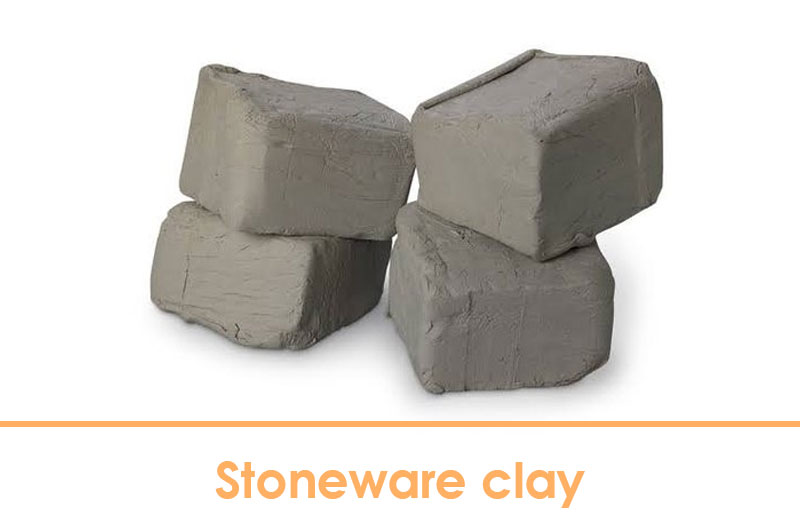
When firing, stoneware clay is often mixed with the plastic ball clay and refractory clay to make it workable.
④ Kaolin (Porcelain) ClayKaolin (Porcelain) Clay is very hard and feels smooth and refined to the touch, thus It can be used for more refined pottery and sculptural art work.
However, it has a reputation for being challenging to use. It has low plasticity and dries out quickly, which is not suitable for new beginners.
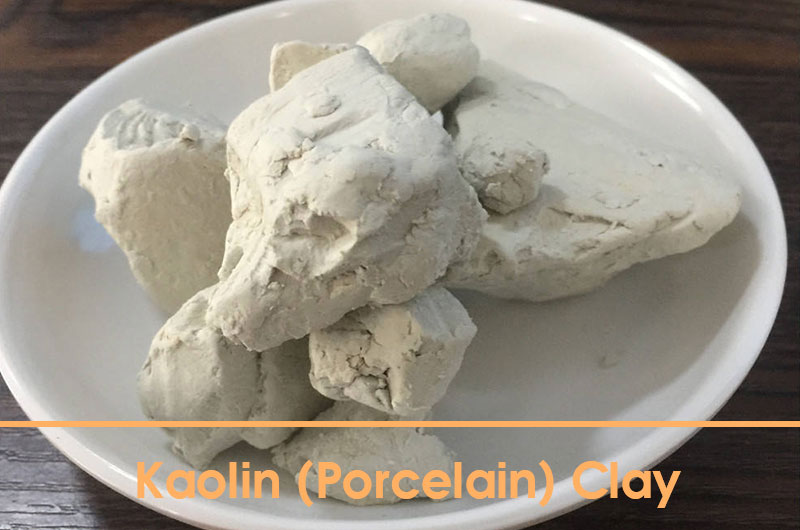
When it is moist, it is either pale grey or white/off-white color. Once fired, it is white and has a translucent appearance. Porcelain is high fire clay and often fired above 2300F (1260C).
2. Quartz raw materials
There are many types of SiO2 -containing minerals, some of which exist in the form of silicate compounds, constituting various minerals and rocks.
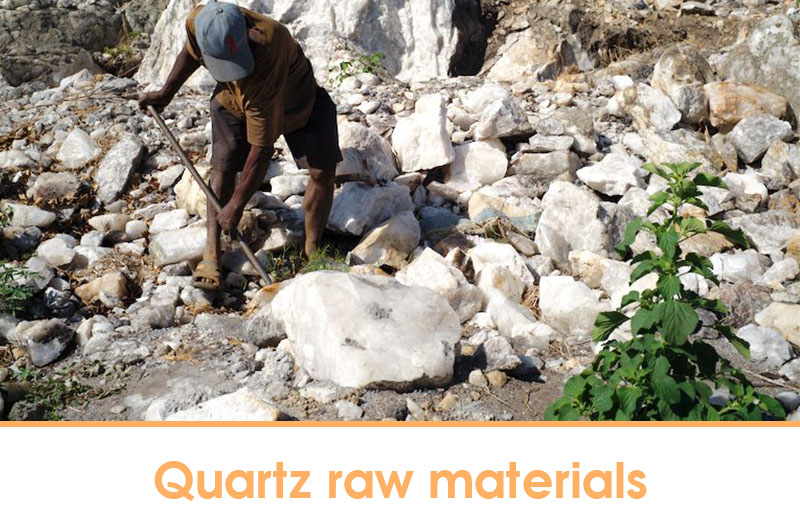
The other part exists in an independent state and becomes a separate mineral entity, of which crystalline silica is collectively referred to as quartz.
3. Feldspar raw materials
Feldspar is the main flux raw material in pottery making. It is generally used as the basic ingredient of blanks, glazes, color fluxes, etc., with a large amount, and is one of the three major raw materials for daily ceramics.
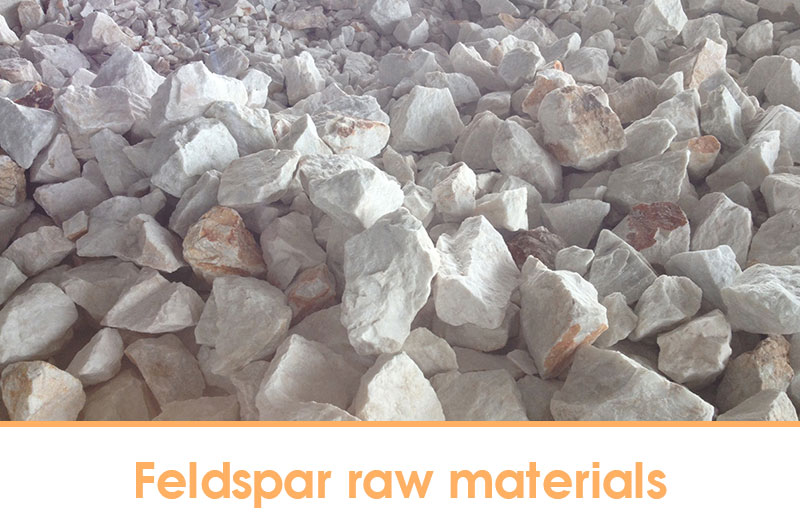
There are many types of feldspar in nature, and they are all composed of four types of feldspar: Albite, Potash feldspar, Anorthite, Feldspar.
4. Other raw materials
Pottery materials also include other mineral materials (such as porcelain, pyrophyllite, high alumina minerals, alkaline earth silicates, carbonates, etc.), as well as new ceramic materials (oxides, carbides, nitrides, etc.).
How to make pottery from clay?
Step 1: Grinding
The crushing method is adopted. First, the materials are sent to a jaw crusher and cone crusher to crush into a few millimeters. Then, they are sent to a ceramic ball mill to ground into fine powders with a particle size of 1.0 micrometer.
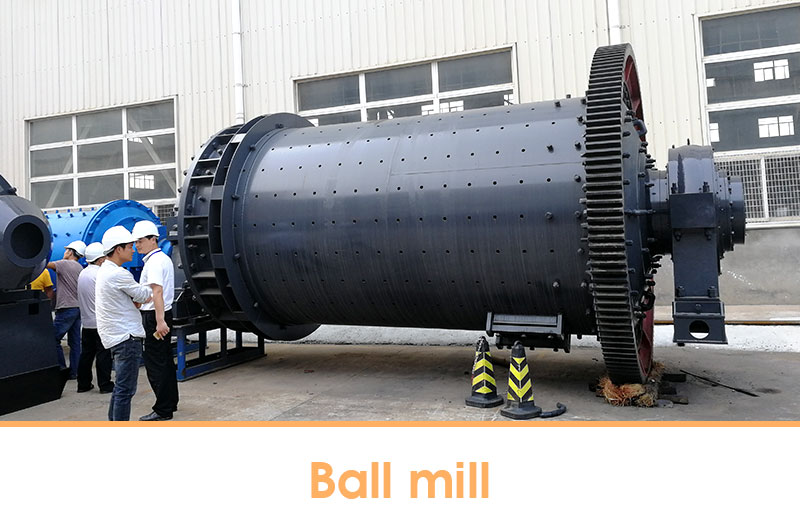
Fote Ceramic Ball Mill can grind and mix wet and dry materials very accurately. It also releases impurities in the material for better mixing and shaping, resulting in a more reactive material during firing.
The grinding media is ceramic balls. The speed of ball mill is 25~28r ⁄min. The feed size is 2mm. The feeding method is to put hard materials first, then add soft materials.
Step 2: Screening
Use a vibrating screen to separate the required materials from unusable materials. It can remove waste and oversized materials so that the mixture has a uniform consistency.
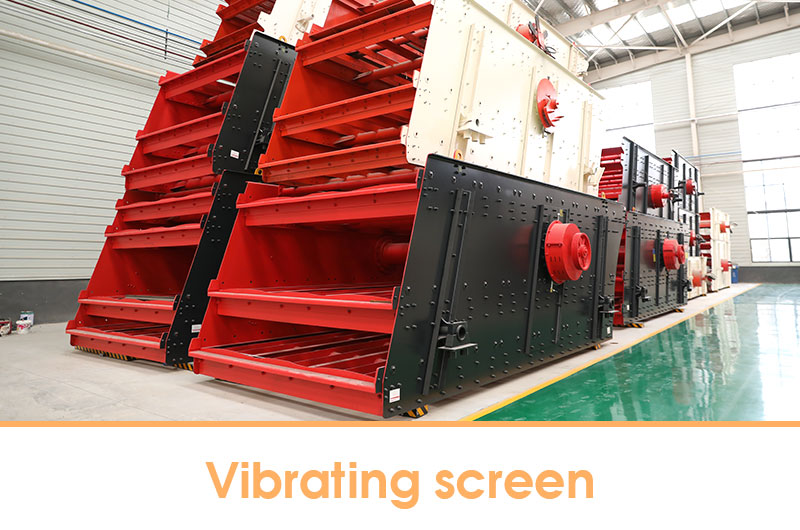
Fote Vibrating Screen has a high load capacity, which is suitable for processing large mud-containing materials. You can choose various mesh sizes and the sizes vary with the thickness of slurry and the percentage of solids in the mixture.
Step 3: Dewatering
Before any process and shaping, the clay slurry must be dehydrated in a filter press. This is because the slurry is very dense and heavy and usually needs dewatering to obtain a solid and dry clay cake.
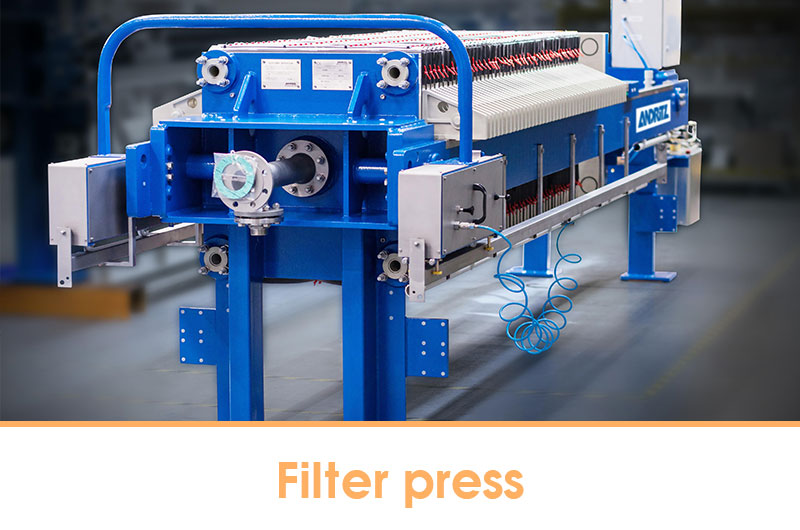
Step 4: Mixing
To obtain a more uniform material before shaping, ceramic clay needs to be thoroughly mixed. It also prevents the sedimentation of clay.
In most cases, the mixer is the ideal machine for processing dry mixes. The mixer is used to knead the clay and remove air bubbles.
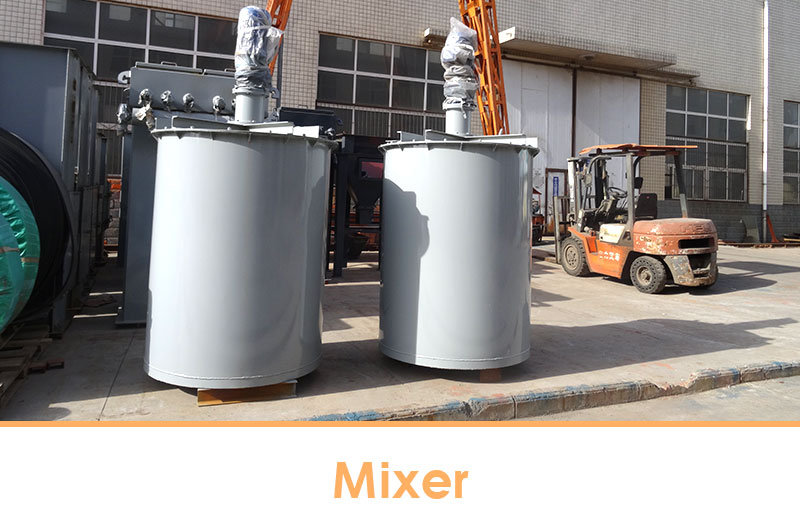
Step 5: Shaping
First, add plasticizer to finer raw materials, and control the water content to 19-27%, so that the raw material blanks have good plasticity. Plasticity refers to the deformation of the blanks without cracks under the action of external force.
Then, the ceramic clay and blank are processed into a blank of the required shape and size.
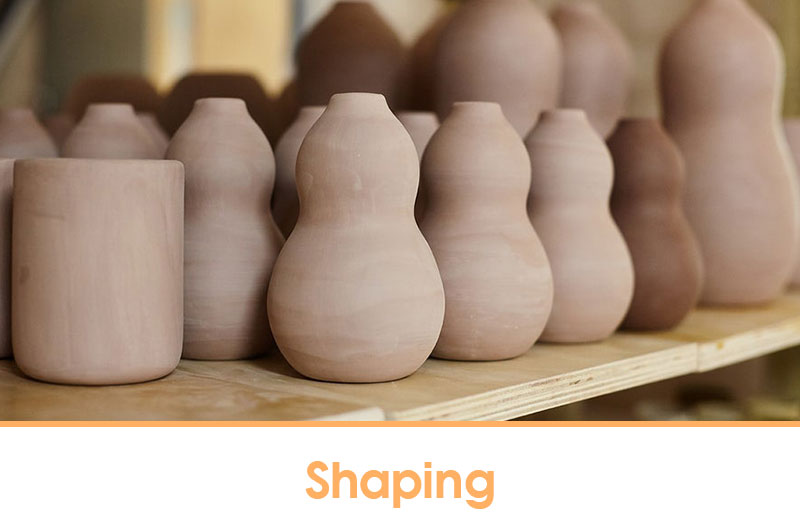
The shaping methods include dry pressing, isostatic pressing, plastic forming, hot die casting and tape casting. Once the composition of powder becomes homogenized, it would be shaped and squeezed into a biscuit or Greenware tile body.
Beginners and clay artists can also choose a pottery wheel for sale. Its operation is simple, the price is low (a few hundred dollars), and you can also make beautiful pottery.
Step 6: Firing
Firing refers to the densification process of the ceramic body under high- temperature calcination in the clay kiln, the surface area is reduced, the porosity is reduced, and the mechanical properties are improved.
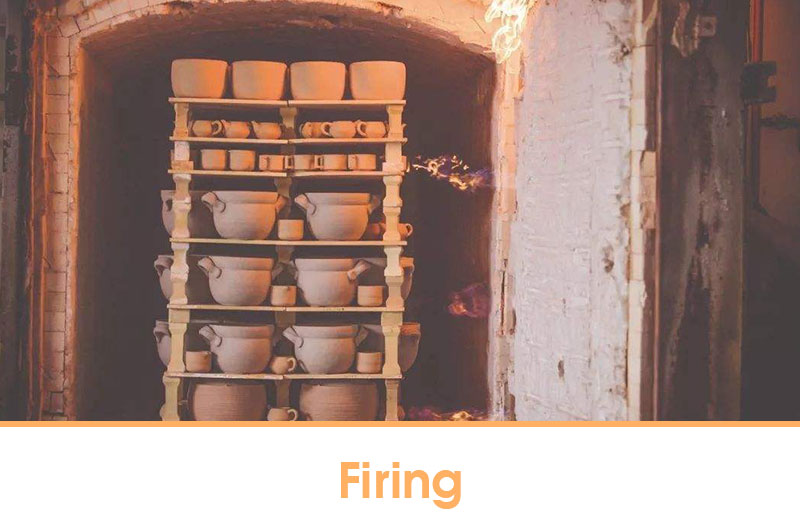
Ceramics are usually fired at 50-75% of absolutely the melting temperature of the material. The firing process is divided into 5 stages:
- 1 Low-temperature stage (room temperature to about 300°C)
- 2Medium temperature stage (also known as decomposition and oxidation stage, 300 to 950°C)
- 3High-temperature stage (950°C) To firing temperature)
- 4Heat preservation stage
- 5Cooling stage
- Very Short Firing Time: Gives you a final product that is porous and low density.
- Short Firing Time: Intermediate Firing Time results in fine-grained, high-strength products.
- Long Firing Time: Produce a coarse-grained product that is creep resistant. This means the material will not distort when under a load for a period of time.
Step 7: Post-treatment process after firing
Common follow-up processing methods include glazing, machining and metallization.
① Glazing pottery: Glazing involves painting, dipping, or spraying raw glaze on pottery. During the glaze fire, the glaze melts and then hardens, forming a glass-like layer on the pottery, which aims to improve the smoothness, strength, and heat resistance.
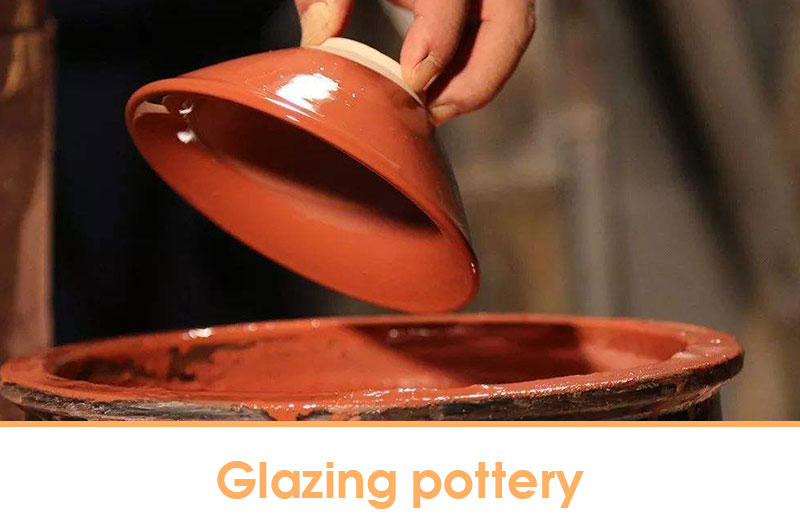
Not all ceramics are glazed. Those who are glazed are often glazed before firing, or glazed when firing, followed by re-firing to line the glaze.
② Machining: It can make ceramic products meet the requirements of sizes, and can also improve the smoothness of ceramic surface. Methods include grinding, laser and ultrasonic processing.
③ Metallization: To meet the needs of electrical properties or realize the sealing of ceramics and metals, a metal film is plated on the ceramic surfaces by silvering and electroplating.
